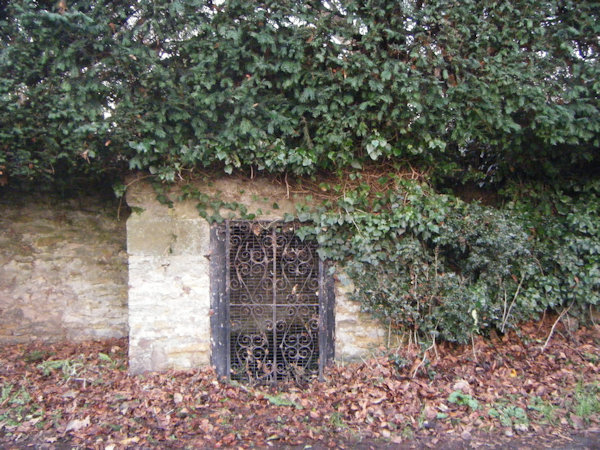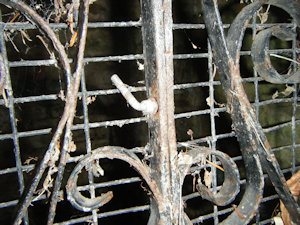 |
Dedication: Saint John the Baptist Location: Bottesford Coordinates: 53.552767N, -0.64588433W Grid reference: SE898070 Heritage designation: Grade II listed building |
HOME - ENGLAND - LINCOLNSHIRE
 |
Dedication: Saint John the Baptist Location: Bottesford Coordinates: 53.552767N, -0.64588433W Grid reference: SE898070 Heritage designation: Grade II listed building |
Very little has been recorded about St John's Well, despite its status as a Grade II listed building, although it is thought that the site was once linked to the Knights Templar. In 1270, or thereabouts, land at Bottesford was given to the Knights Templar by Simon de Vere. When the Knights Templar was disbanded in the early 14th century, the land was given to the Hospitallers, also known as the Order of St John, which was originally founded to provide treatment and care to pilgrims who were visiting the Holy Land. As the order grew, it eventually became militaristic, and they were occasionally at odds with the Knights Templar. By the Reformation, the Hospitallers' land in Bottesford was taken by the king, and was later sold on in 1545.
St John's Well almost certainly gained its dedication from an association with the Hospitallers, of which St John the Baptist was the patron saint. The well certainly does not get its dedication from the church, which is dedicated to St Peter. It is not known if the well was ever thought to possess healing powers, but its close proximity to the church indicates that it would have been used for baptisms. It is not clear whether the fact that the well is situated beneath a yew hedge is significant; it is possible that the hedge was planted later, and bears no relation to the history of the well. Mabel Peacock, in Lincolnshire Water-lore, which was included in volume 31 of The Antiquary in 1895, made reference to the site:
|
A well, which is said to have formerly borne the name of St. John's Well, flows at Bottesford, where the Knights Templars once had a preceptory, which afterwards passed into the possession of the Hospitallers. |
According to Historic England research records (which, it must be stated, are not always reliable), the current well-house was constructed in the 19th century, which, from the structure's appearance, seems to be true. The well became a listed building in 1985, and its official list entry (no list entry is complete without a typo or two!) states that the well has a "roughly-gabled rpbble [sic] roof", which unfortunately cannot be seen in the image above.
When I visited in the December of 2024, the well-house seemed to be in good condition, and a decent depth of water could be seen in the well's basin.
 |
|
Access: The well is located at the side of a quiet public road. |
Copyright 2025 britishholywells.co.uk